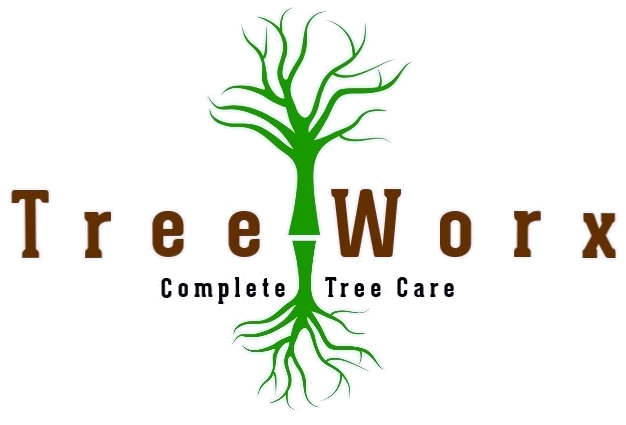Trees play a vital role in our communities, providing shade, beauty, and clean air. However, as our communities grow and develop, trees are often threatened by construction and development. Tree preservation is the practice of protecting trees during construction and development and ensuring that they remain a valuable and integral part of our communities for generations to come.
Why is Tree Preservation Important?
Tree preservation is important for several reasons. First, trees play a vital role in our environment, helping to clean the air, regulate temperatures, and provide habitat for wildlife. By preserving trees, we can help to maintain a healthy and sustainable environment for ourselves and future generations.
Second, trees can add significant value to our communities, both aesthetically and economically. Well-maintained trees can increase property values and contribute to the overall beauty and livability of a community.
Third, preserving trees can be a cost-effective way to protect the environment. Replacing a mature tree can cost thousands of dollars and can take decades to reach maturity. By preserving existing trees, we can reduce the costs and environmental impact associated with replanting and establishing new trees.
How to Preserve Trees During Construction and Development
Tree preservation during construction and development requires careful planning and a commitment to protecting the natural environment. Here are a few steps you can take to preserve trees during construction and development:
- Assess the Impact of Construction and Development on Trees: Before construction or development begins, it’s important to assess the impact that it will have on the trees on your property or in the surrounding area. This will help you to determine which trees need to be protected and which ones can be safely removed.
- Develop a Tree Preservation Plan: Based on the results of your impact assessment, develop a tree preservation plan that outlines how you will protect the trees on your property during construction and development. This may include measures such as installing protective barriers around trees, modifying construction plans to avoid damage to trees, or relocating trees to a safe location.
- Work with a Certified Arborist: A certified arborist can help you to develop a tree preservation plan and ensure that it is properly implemented during construction and development. They can also advise you on the best practices for preserving trees and help you to identify any potential hazards.
- Monitor the Health of Trees During and After Construction: It’s important to monitor the health of trees during and after construction to ensure that they are not damaged or impacted by the construction process. This may include regular inspections, soil testing, and water management to ensure that the trees receive adequate water and nutrients.
Tree preservation is essential to maintaining the beauty and health of our communities. By preserving existing trees during construction and development, we can reduce the costs and environmental impact associated with replanting and establishing new trees. By working with a certified arborist and following best practices for tree preservation, we can help to ensure that the natural beauty of our communities remains intact for generations to come.
